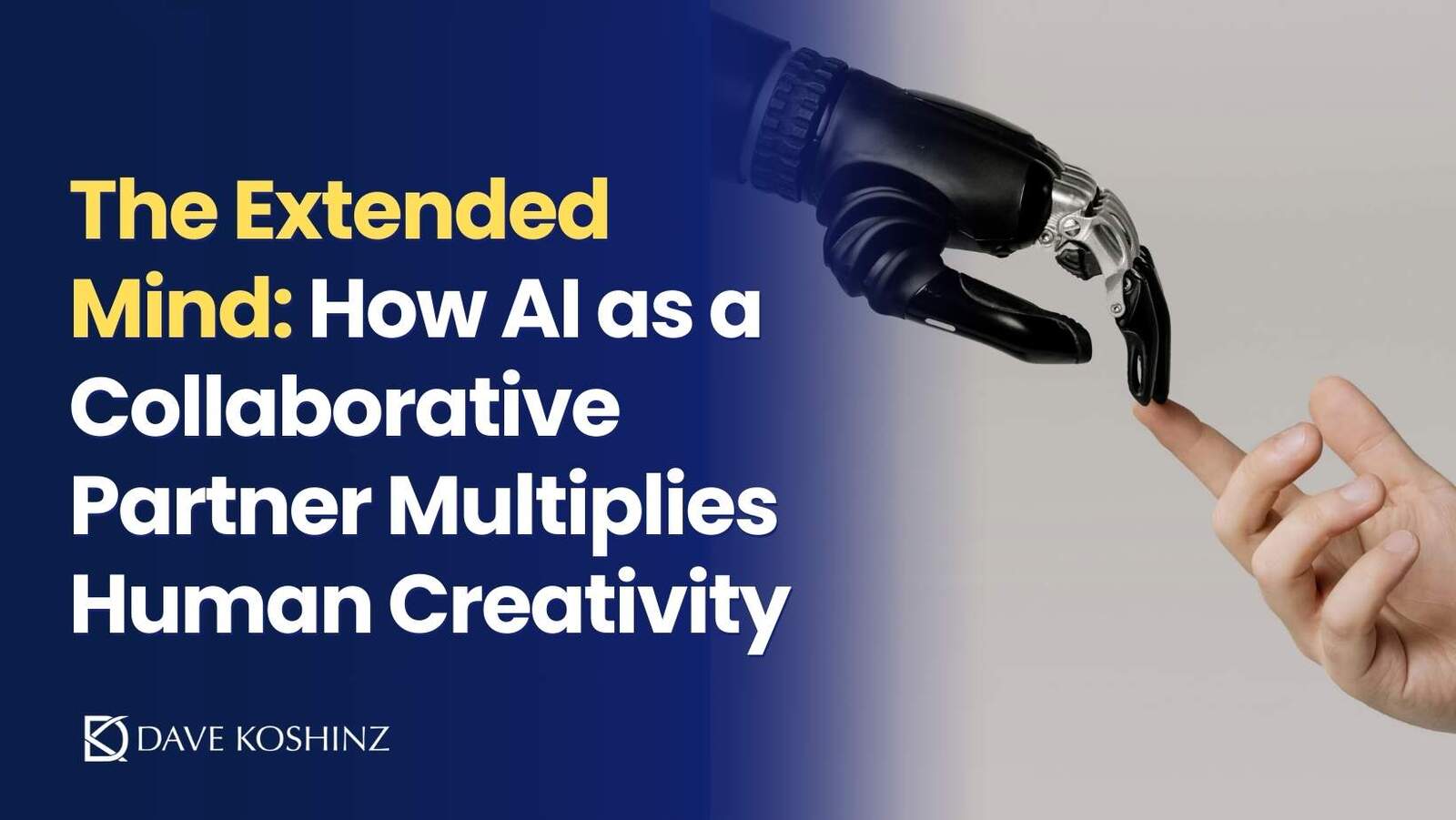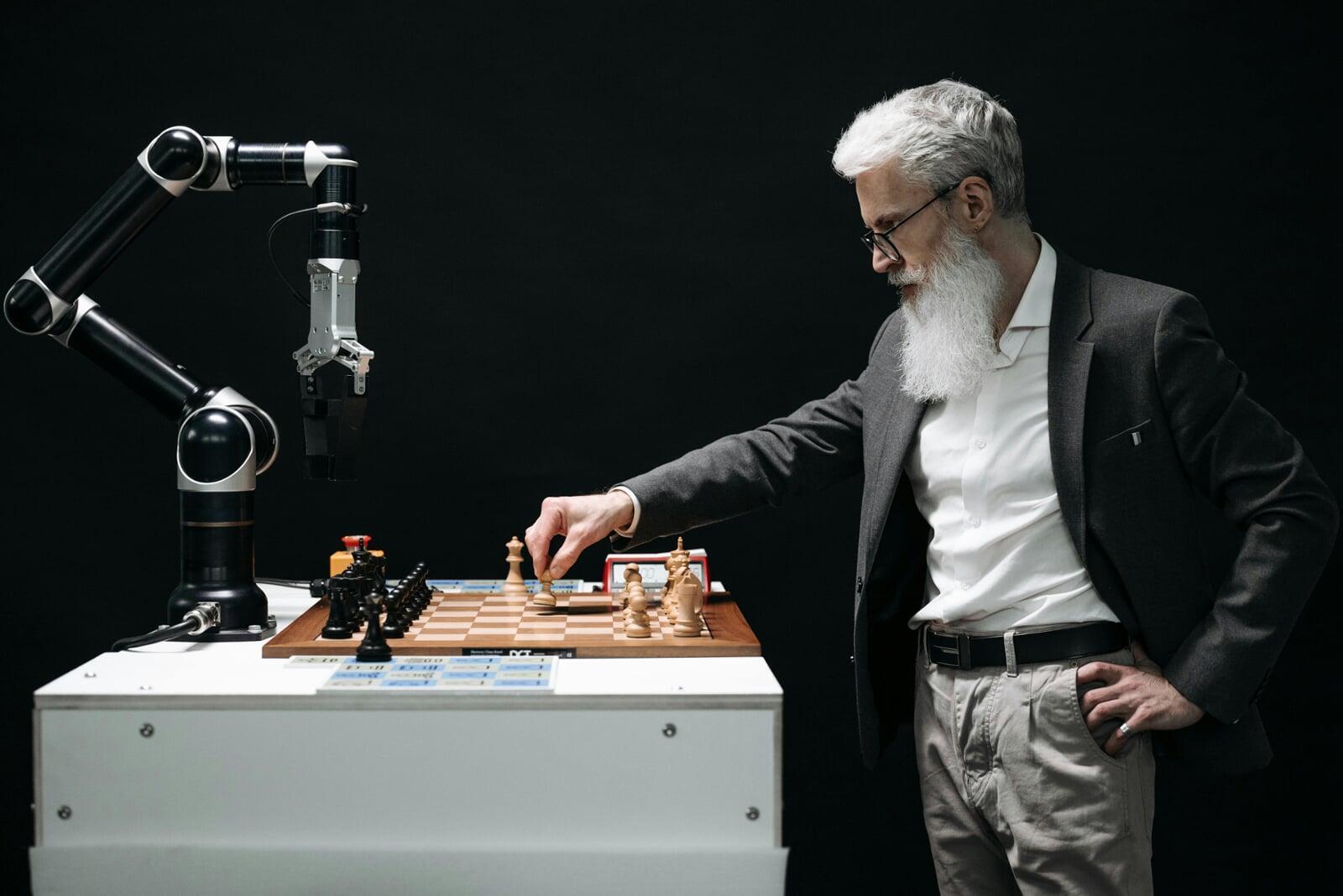

At times, AI may feel like a mysterious force, fueled by massive data sets and intricate algorithms. Some fear that AI will displace human ingenuity; others see it as our next great ally.
The truth, as with all powerful tools, lies in how we use it. AI’s promise is not just about doing things faster or with less human labor—although it can certainly reduce drudgery. Far more compelling is its ability to increase our creative capacity, sharpen our thinking, and help us learn in new and efficient ways.
A Personal Experience with AI
I’ve been exploring AI not just as an “assistant” but as a creative thought partner and collaborative ally. Rather than simply delegating routine tasks to AI, I’ve found it enhances my ability to tackle complex projects that would otherwise be daunting. For instance:
1. Generating Structures and Frameworks:
When approaching a new business model or leadership concept, I’ve asked AI to propose outlines, plans, or even different frameworks. I give AI my ideas and concepts which it rounds out and organizes for me. It quickly suggests structured ways of thinking about a subject. These AI-produced outlines often spark further ideas in me, giving me a creative roadmap to refine, adapt, or expand into a final product
2. A Learning Catalyst:
Beyond just providing answers, AI has broadened my learning horizons. By posing questions and exploring scenarios in a back-and-forth conversation, I discover insights I hadn’t considered. This has made my own learning journey more efficient and more enjoyable—an ongoing cycle where curiosity feeds into new questions, and those questions spark fresh discoveries.
3. A Research Companion:
Instead of combing through endless documents and articles by myself, I can prompt AI to generate summaries, highlight key trends, and even hypothesize future possibilities. This changes how I gather information. Instead of drowning in data, I stay afloat with curated knowledge, letting me focus on synthesizing insights and planning next steps.
Through these experiences, AI reveals itself less as a “tool to get stuff done” and more as a creative collaborator—a partner that amplifies my thinking processes and helps me see beyond my normal cognitive boundaries.
Extending Ourselves Through Tools: A Brief History
For thousands of years, new tools have prompted both excitement and hand-wringing about what humanity might lose. Socrates worried that writing would diminish our memory. The printing press led some to fear information overload. Calculators raised questions about whether we’d forget how to do basic arithmetic. Time and again, we ultimately learned to integrate these tools in ways that expanded both our capabilities and our sense of possibility.
In this lineage, AI is today’s revolutionary tool. Just as early humans extended their physical reach with levers and wheels, we now extend our cognitive reach with algorithms. The concept of “the extended mind” teaches us that our intelligence is not purely a biological function; it grows and evolves as we integrate new supports. AI is a natural addition to this story.
AI as a Partner in Creativity and Expansion
What makes AI particularly exciting is how it can amplify creativity, not just efficiency. Here’s how:
1. Breaking Our Own Cognitive Boundaries
No matter how imaginative we are, we all have mental shortcuts and biases that can limit our thinking. An AI collaborator can spark ideas or novel associations that might not naturally arise in our human minds. This interplay opens the door to “Eureka!” moments that might have remained hidden.
2. Rapid Iteration and Feedback
The best creativity often arises when we can quickly iterate on our thoughts. AI speeds up this loop by generating multiple versions of a plan, concept, or product description. We can then combine, refine, and critique them. This fast-paced process of trial and error infuses our projects with greater depth.
3. Cross-Pollination of Fields
AI systems trained on vast amounts of data from different domains can surface connections that remain invisible to specialists siloed in their fields. By revealing patterns or inspirations from science, art, psychology, or technology, AI nudges us toward interdisciplinary thinking that may spark breakthroughs in leadership, product design, or personal development.
Attitudes Toward AI: Embrace, Reject, or Merge?
The advent of powerful technologies often triggers mixed reactions. Some cheer the possibilities for innovation and efficiency; others fear disruption and displacement. Yet AI’s true potential lies somewhere between these extremes:
Embrace: Viewing AI as a flexible creative partner opens doors to deeper learning, new strategic visions, and unexpected synergies.
Reject: Some dismiss AI out of concern that it will replace human uniqueness or eliminate certain skills. While prudence around AI is wise—especially regarding ethical use and bias—wholesale rejection can foreclose new avenues of growth.
Merge: A few voices imagine a near-future where we merge with AI through neural implants or other direct interfaces. While these scenarios feel futuristic, they do echo our tendency to fuse with technology as part of how we evolve cognitively and socially.
AI and Leadership: A Pathway to Better Decision-Making
Although AI’s influence extends well beyond leadership, leaders have a special responsibility to decide how to wield these tools ethically and effectively.
Proper leverage brings:
Curated Insights: Leaders can gather curated, relevant insights from massive data sets without getting lost in the weeds, reserving human time for interpretation and action.
Enhancing Team Collaboration: AI-driven translators and communication platforms reduce friction in global or cross-functional teams.
Fostering Culture of Innovation: By encouraging employees to experiment with AI’s capabilities, leaders help instill a mindset of continuous improvement.
Human Values and AI Ethics: Leaders must ensure AI aligns with core values such as trust, diversity, and responsibility. The right AI strategy balances innovation with carefully considered guardrails.
In each of these domains, AI becomes less of a threat and more of a co-creator—a resource for deeper analysis, imaginative problem-solving, and better decision-making.
Looking Ahead: The Ongoing Evolution of Our Extended Mind
Our journey with AI is still unfolding. Much like the printing press or the invention of the internet, its full impact is not obvious. The essential thing is to recognize that AI’s greatest promise may be to expand our creativity, our breadth of thought, and our ability to learn and evolve. It’s a tool for collaboration—turning our innate curiosity into tangible breakthroughs.
“The real problem is not whether machines think, but whether men do.” — B. F. Skinner
This quote rings especially true today. AI, as a thinking machine, prompts us to reflect on how we are choosing to think and act. When we see AI as a partner in exploration rather than a threat, it becomes a catalyst for personal growth and organizational transformation. Ultimately, our minds don’t just reside in our skulls; they extend through the environment and every tool we craft.
As I’ve experienced firsthand, AI can be a vibrant co-conspirator in learning, creation, and innovation. It helps me structure my projects, provides efficient research paths, and multiplies my curiosity. This synergy represents a pioneering frontier for humanity—one in which we blend the best of our human faculties with the power of AI to move forward, not just with greater productivity but with more profound creativity, discovery, and human connection.
And that’s the heart of the story: an expanded mind is not the absence of human intelligence but rather the elevation of it. Through AI, we continue our ancient tradition of shaping tools that shape us, living up to the very essence of what it means to be human—adventurers in thought, ready to use every resource available to push our boundaries, extend our imaginations, and create a future worthy of our collective dreams.

